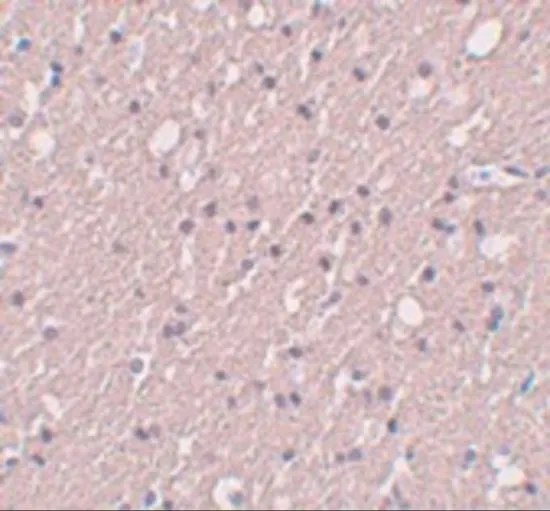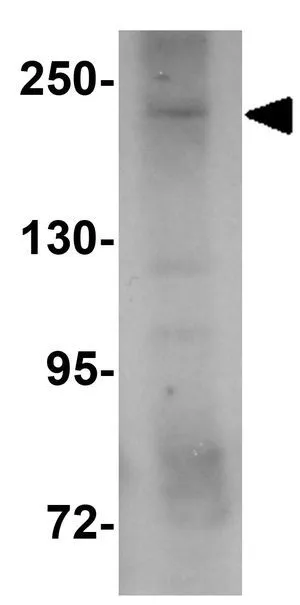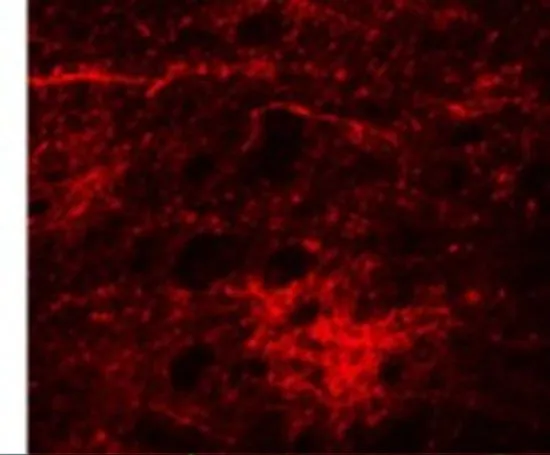
IHC-P analysis of human brain tissue using GTX85226 SIPA1L3 antibody. Working concentration : 5 microg/ml
SIPA1L3 antibody
GTX85226
ApplicationsWestern Blot, ELISA, ImmunoHistoChemistry, ImmunoHistoChemistry Paraffin
Product group Antibodies
ReactivityHuman, Mouse, Rat
TargetSIPA1L3
Overview
- SupplierGeneTex
- Product NameSIPA1L3 antibody
- Delivery Days Customer9
- Application Supplier NoteWB: 1 microg/mL. IHC-P: 5 microg/mL. *Optimal dilutions/concentrations should be determined by the researcher.Not tested in other applications.
- ApplicationsWestern Blot, ELISA, ImmunoHistoChemistry, ImmunoHistoChemistry Paraffin
- CertificationResearch Use Only
- ClonalityPolyclonal
- Concentration1 mg/ml
- ConjugateUnconjugated
- Gene ID23094
- Target nameSIPA1L3
- Target descriptionsignal induced proliferation associated 1 like 3
- Target synonymsCTRCT45; signal-induced proliferation-associated 1-like protein 3; SIPA1-like protein 3; SPA-1-like protein 3; SPAL3; SPAR3; spine-associated RapGAP 3
- HostRabbit
- IsotypeIgG
- Protein IDO60292
- Protein NameSignal-induced proliferation-associated 1-like protein 3
- Scientific DescriptionSignal-induced proliferation associated-like protein 2 (SIPA1L3) is a member of the SIPA1 family of RapGAPs. SIPA1L3 was cloned as a novel molecular component of tight junctions and adherens junctions, suggesting that may function to balance Rap1 by counteracting RapGEFs. Recent studies of SIPA indicate that its deregulation can cause myeloproliferative stem cell disorders in mice (3) and increased metastases in human cancers. Other studies suggest SIPA1L1 may play important roles in embryo development and control of cell proliferation. Based on the amount of homology between SIPA family members, it is possible that SIPA1L3 plays other roles development and cell proliferation.
- ReactivityHuman, Mouse, Rat
- Storage Instruction-20°C or -80°C,2°C to 8°C
- UNSPSC12352203


